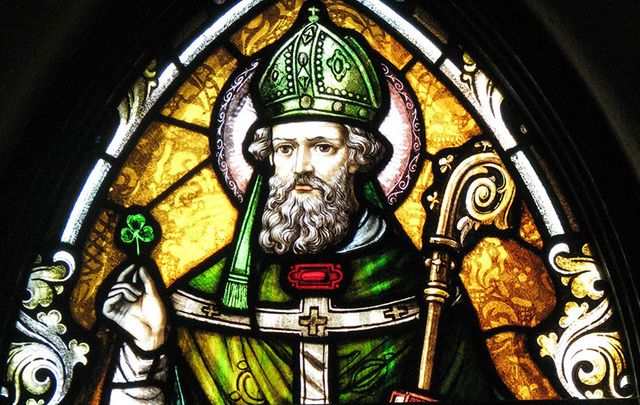Addressing thousands of pilgrims in St Peter’s Square at the weekend, Pope Francis told them: “God does not nail us to our sin.”
The Pope went on: “He does not identify us with the evil we have done. We have a name, and God does not identify this name with the sin we have committed.”
It was fitting that the remarks marked the third anniversary of his election as Pope since God’s inexhaustible mercy has been a key theme of the ministry of Francis as Bishop of Rome.
For Francis, God is bigger. He has often criticised those who want to shrink God, or who imagine God to be a petty judge keeping a ledger of sins written against the names of his followers. It’s not, Francis insists, that the sin doesn’t matter – the sin is real, but when we seek God with a sincere heart he is always ready to forgive.
I’m not sure how familiar Pope Francis is with the writings of St Patrick, but I suspect he would find an easy resonance with the Apostle to the Irish.
In his Confessio, Patrick begins with the simple phrase: “My name is Patrick. I am a sinner, a simple country person and the least of all believers. I am looked down upon by many.”
To our modern eye, it might appear that Patrick had what a therapist might call “self-esteem issues”. His immediate identification of himself as a sinner might seem odd at first glance. But, it’s striking that in one of his first interviews as Pope, Francis was asked “Who exactly is Jorge Mario Bergoglio?” Francis didn’t hesitate. His mediate answer was: “I am a sinner.” Then he paused and said: “Let me reflect on that…No,” he said, “that is correct, I am a sinner.”
It’s the same fundamental insight as Patrick – wise in his old age by the time he was writing his Confessio. The sinner is always conscious of his or her unworthiness before God, but, crucially, conscious that sin does not have the final word.
Later, Patrick writes: “I was like a stone lying deep in the mud. Then he who is powerful came and in his mercy pulled me out, and lifted me up and placed me on the very top of the wall. That is why I must shout aloud in return to the Lord for such great good deeds of his, here and now and forever, which the human mind cannot measure.”
When Jorge Bergoglio was appointed a bishop in 1992, he took as his episcopal motto the Venerable Bede’s account of Jesus recruiting the tax collector Matthew, miserando atque eligendo, which translates clumsily as “He saw him through the eyes of mercy and chose him”.
According to those who know him, Bergoglio liked the way Latin had “mercy” as a verb, miserando, and so created the Spanish misericordiando — an activity of the divine, something God does to you. “Dejáte misericordiar,” he would tell the guilt-ridden and the scrupulous, “let yourself be ‘mercied’.”
There is a profound humility in both Francis and Patrick. One who considers himself in the first place a sinner cannot be arrogant and harsh in his judgement of other sinners.
One who understands their own need of God’s mercy cannot be lacking in mercy towards others or unmoved by those who suffer.
St Patrick, lowly but chosen, is the perfect model for the ‘Year of Mercy’. So, green beer and gaudy decorations aside, Patrick has much to say to our modern culture which can be so unforgiving and lacking in mercy.


 Michael Kelly
Michael Kelly

